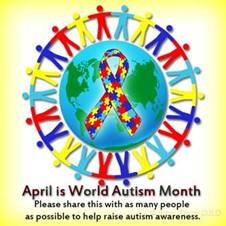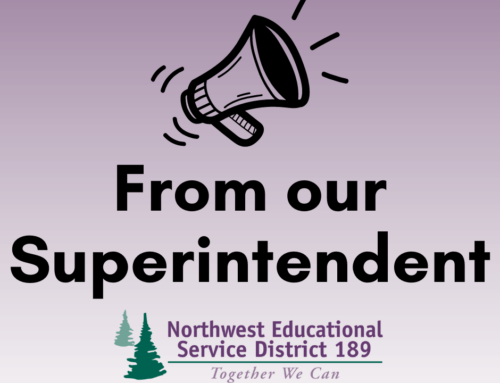
Entering an elementary classroom recently, I was immediately dazzled by the colorful boards sprinkled with spring art, and delighted in the diversity portrayed through the eyes of young children. Then it hit me: April is fast approaching! My connection had nothing to do with ‘April showers bring May flowers’. The month of April is special in my world for another reason.
April has been honored as World Autism Month for years and more recently, April 2nd is recognized internationally (per UN Declaration, December 2007) as ‘WORLD AUTISM AWARENESS DAY’.
President Obama signed a proclamation of such in 2016, including encouragement for “…all Americans to learn more about autism and what they can do to support individuals on the autism spectrum and their families, and to help shape a world in which all people, including those with autism, are accepted for who they are”. As I thought about schools and the students we serve, a review of the prevalence of Autism Spectrum Disorders (ASDs) and potential instructional resources seemed appropriate this day.
Did you know the Center for Disease Control published a special report on ASD in 2012?Data included the following remarkable notations:
- Approximately 1 in 68 children have been identified with an Autism Spectrum Disorder, an increase from 1 in 150, as estimated in 2000.
- ASDs are 4.5 times more common in boys (1 in 42) than girls (1 in 189).
- Studies in Asia, Europe, and North America estimate that between 1-2% of the population has been identified with an ASD.
Fortunately, there are many sources rich with data and research on the diagnosis, prevalence, and treatment of ASDs, all of which is important to families, schools, and communities. However, in recognition of National Autism Month, I challenge each of us to take a closer lookbeyond the numbers. Moving beyond statistics, labels, and even teaching strategies help us to connect with each other as individuals through our stories. This is something that we all seek at some level, including those with ASDs.
I recently watched two documentaries titled Autistic Me, and Autistic Me: One Year On. Both were produced by Matthew Rudge; original broadcast on the BBC and currently streaming on Netflix. Far from being a “movie”, these documentaries tell the stories of three young men with Autism Spectrum Disorder as they transition from adolescence to early adult years. These are real individuals talking about their day-to-day hopes and challenges, as well as experiences of their loved ones. What was originally such an important feature of the film, the focus on Autism, slowly ebbed away as I started to see each of these young people as individuals struggling through school, job searches, and dating.Midway through the first film, I recognized each of the three by name and was cheering for them as they faced individual challenges.
Another great place to begin is the book titled,Look me in the eye, by John Elder Robison. This is a personal account of the authors struggles to ‘fit-in’ as a child and young adult, to his great success developing guitars for KISS and mechanical toys for Milton Bradley. For those who want to use John’s book in high school and college settings, a teacher’s guide is available for download.
These resources have one thing in common; they invite us to know individuals with autism spectrum as unique people (children, students, musicians, neighbors, employees, partners), which requires a greater emotional investment than to “know” someone through a label. They also contradictthe misconception that many with ASDs don’t desire connections with others in the same way that others might. I hope you enjoy these stories and that they inspire you to not only connect with others but also to seek to understand what you can do to support individuals on the autism spectrum. For more resources, I also encourage you to check out these NWESD links: Special Programs & Services Lending Library.
-Ed


